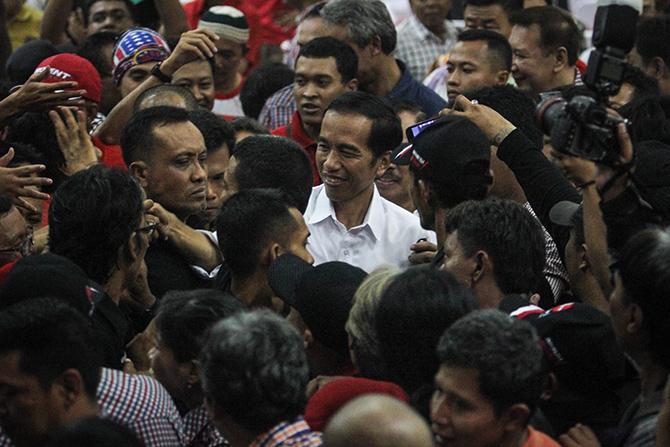

In the next few years a number of Southeast Asian economies, including Indonesia, became the second generation of high-performing Asian economies (HPAEs). Resource-rich and hitherto import substituting nations including not just Indonesia but also Malaysia, Thailand and the Philippines began to emulate the original HPAEs and benefitted from a rapid jump in investment from Japan/North Asia as well as the United States. In Thailand alone, inbound investment in the 18 months after the 1985 Plaza Accord was greater than in the cumulative preceding 18 years. However, Indonesia and the other commodity-rich Southeast Asian nations like Malaysia, the Philippines and Thailand simply “grafted” export-oriented clusters onto their inherently import substituting culture and institutions. Their institutions and political systems remained little changed and growth still remained heavily dependent on commodities.
At the time the little-understood Asian “miracle” led to government overconfidence and unsustainable flows of short-term money into the region’s still small capital markets, and thus to unsustainable “Asian bubble” valuations. When confidence faltered, as it began to do in mid-1997, it ultimately triggered a pan-regional run on Asian banks and currencies. The crisis highlighted the fragility of Indonesia’s economic policies and institutions and there was a dramatic collapse of the rupiah from 2,500 to 17,000 against the dollar. This contributed to mass insolvency of the heavily dollar-indebted and often publicly listed Indonesian conglomerates, mass layoffs and to unprecedented social unrest and student protests. The violent overreaction to these protests by elements of the country’s security forces triggered political change, ending the 31-year regime of Soeharto.
The asymmetric adoption of policies to enable integration during these first two waves is well illustrated by the diversity even between the 10 geographically collocated members of Asean. Singapore, an early newly industrialized economy, now has a per capita GDP that is 55 times greater than (very) late adopter Myanmar.
The Wave 3 “context” will in my view grow even more challenging. During the Cold War, a strong and confident United States was committed to opening its domestic market to strategic emerging market allies. However, with the recent anger and resentment against imports and immigrants that presidential candidate Donald Trump has tapped into, it is likely that the United States will become a less accessible market and potentially a less dependable guarantor of freedom of the regional seas, skies and market access, and of the region’s still fragile emerging democracies. My argument is that what worked so well for even late adopters such as Indonesia during the global geopolitical and economic context of Wave 1 and Wave 2 growth may no longer be appropriate during the far more challenging global environment of Wave 3.







 resized.png)
